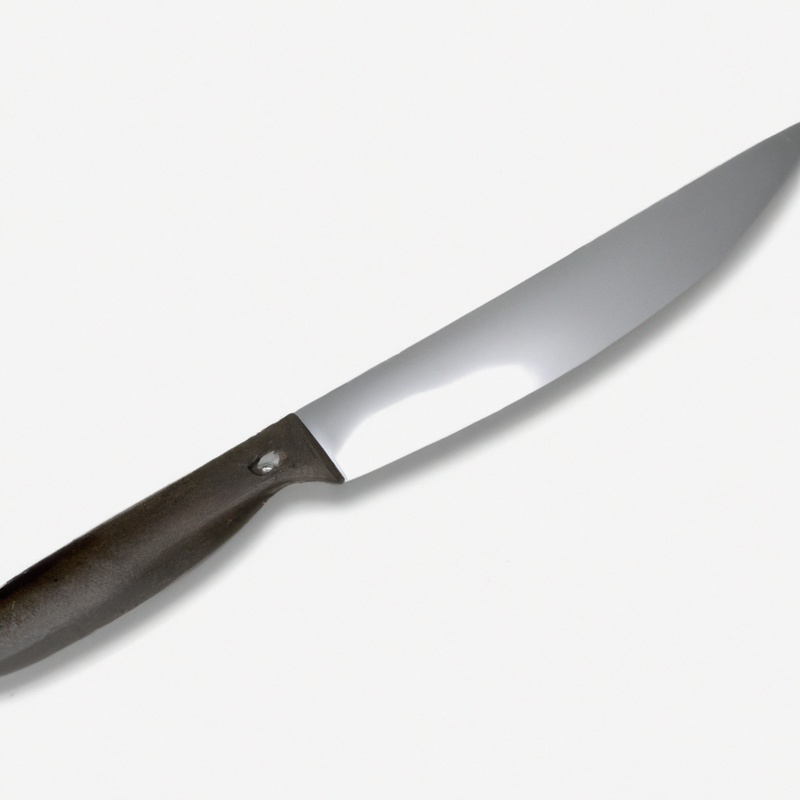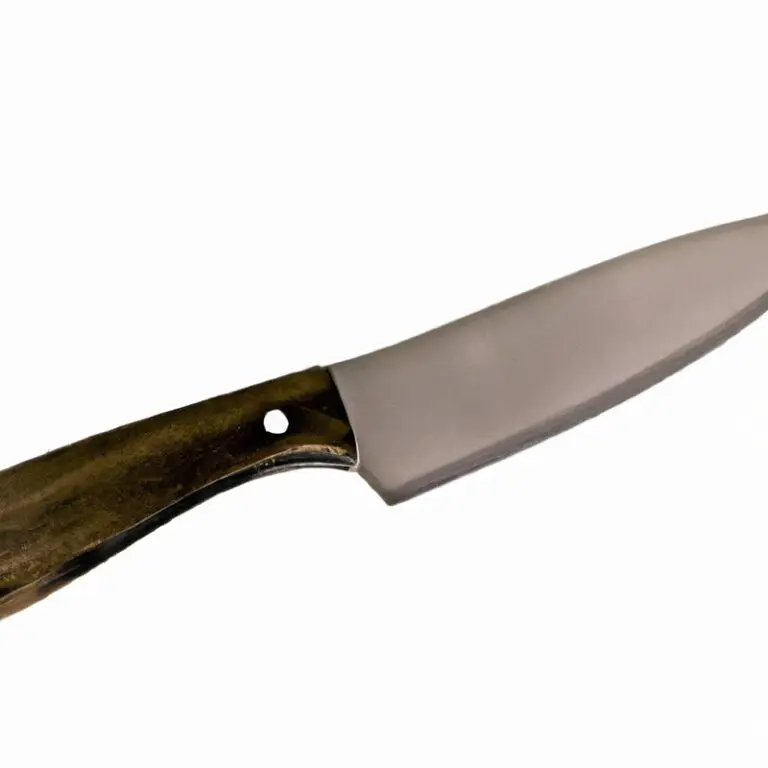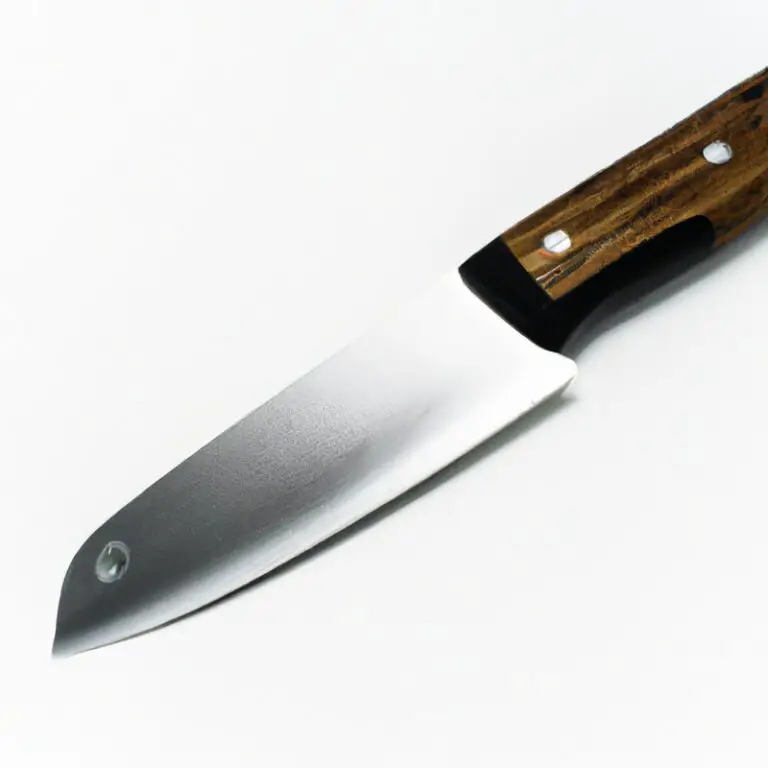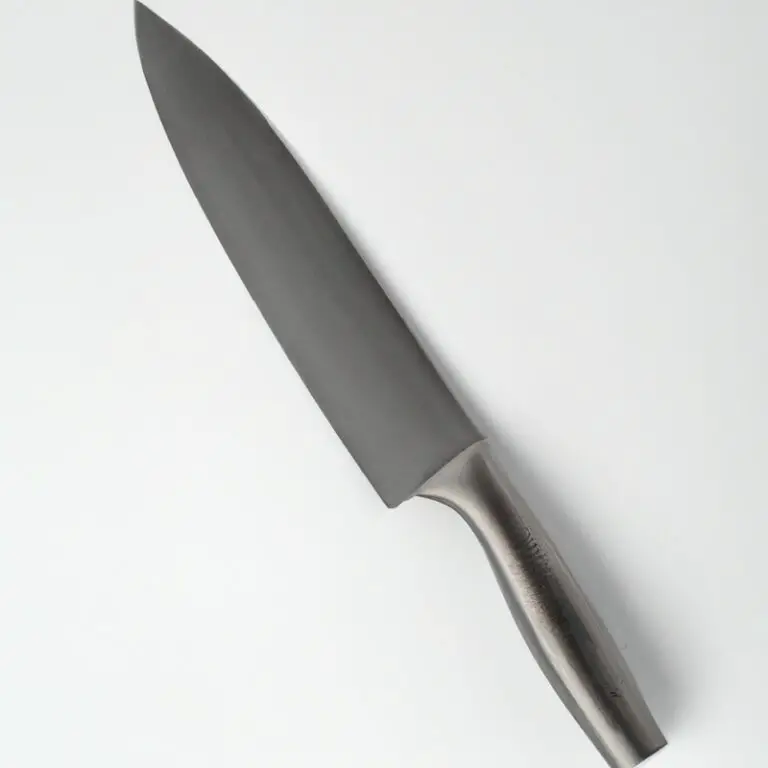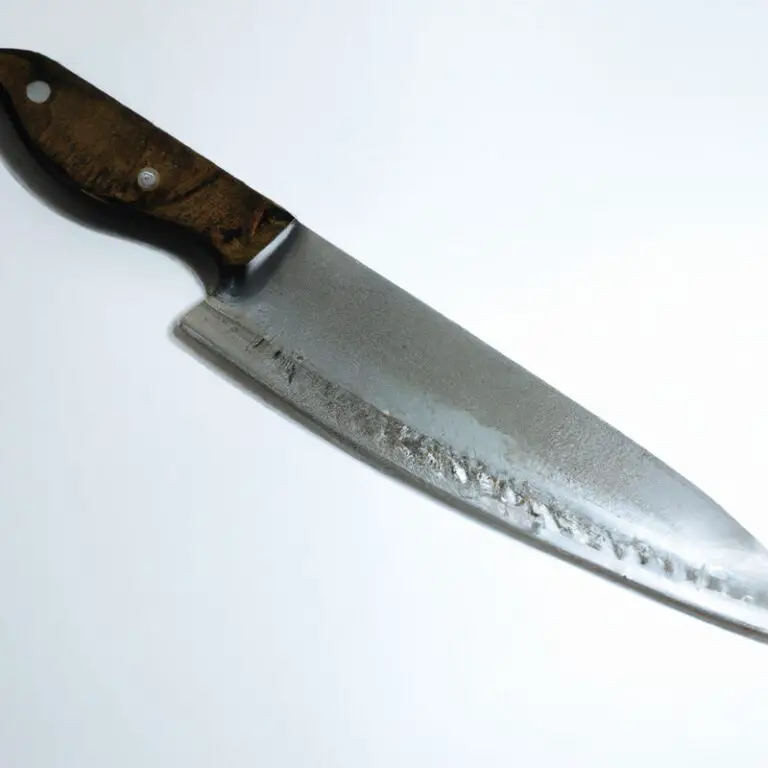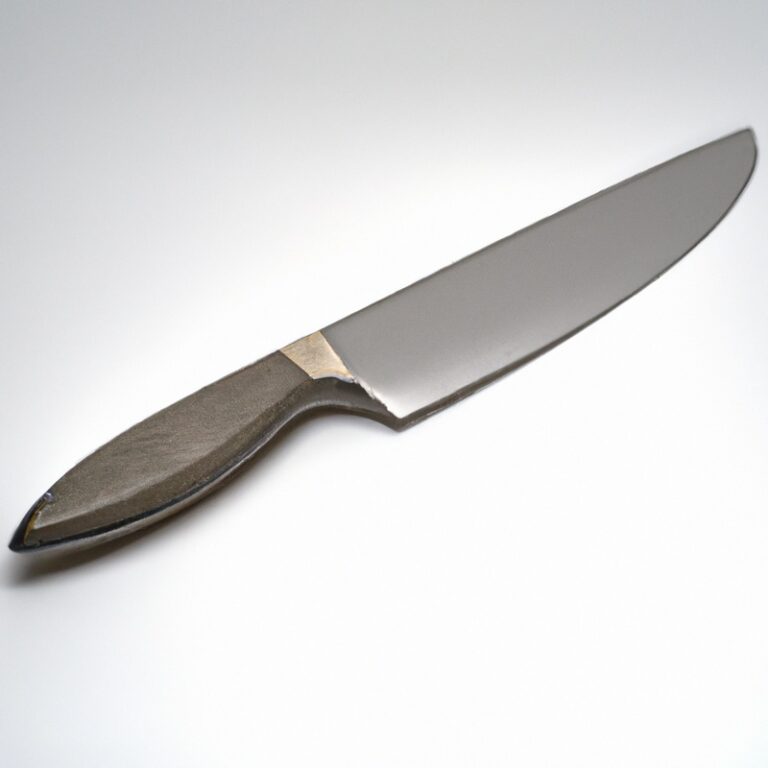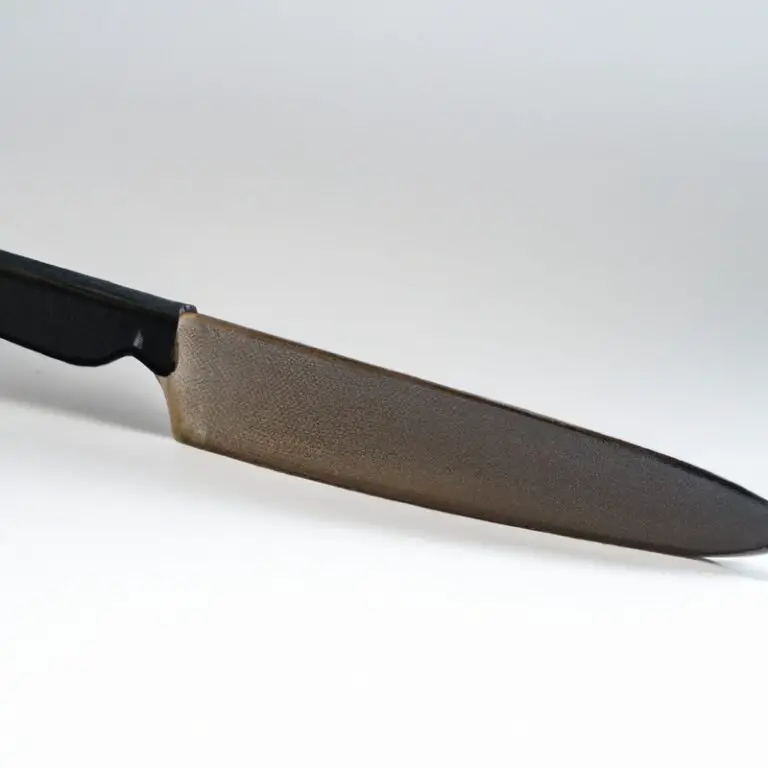How To Fillet a Bluefish Using a Fillet Knife? Master The Technique!
Key Takeaways:
- A sharp fillet knife is crucial when filleting a bluefish to ensure clean and precise cuts.
- Proper technique, including using steady pressure and following the natural curvature of the fish, can result in a more efficient and successful fillet.
- Take care to remove all the bones from the fillet to ensure a safe and enjoyable eating experience.
- Practice and patience are key to mastering the art of filleting a bluefish with a fillet knife.
Do you want to learn how to fillet a bluefish like a pro? Look no further! As someone who has spent countless hours perfecting my technique, I’m excited to share my tips and tricks with you.
From selecting the right fillet knife to properly storing your fillets, this guide covers everything you need to know to make the process safe and efficient.
Whether you’re a seasoned angler or new to the game, filleting a bluefish can be intimidating. But with the right skills and mindset, it can be a rewarding experience.
Get ready to impress your friends and family with delicious, fresh bluefish fillets!
| Steps | Instructions |
|---|---|
| Step 1: Prepare the fish | Wash the bluefish and dry it with paper towels. Place it on a cutting board and cut off the head with a sharp knife. Hold the tail firmly and scrape off the scales with a fish scaler or the back of a knife. Rinse the fish again and pat it dry. |
| Step 2: Slice the fillet | Begin by making a cut behind the gills and pectoral fin, down to the spine. Turn the knife at a 45-degree angle and work it along the length of the fish to the tail. Repeat on the other side. Be sure to keep the knife as close to the bones as possible while cutting. |
| Step 3: Remove the skin | Lay the fillet skin side down on the cutting board. Hold the tail firmly with one hand and separate the flesh from the skin with the other. Work the knife between the skin and flesh at a 45-degree angle while keeping the blade as close to the skin as possible. |
| Step 4: Trim the fillet | Use your fillet knife to remove any remaining bones or fat from the fillet. Feel for any pin bones with your fingers and remove them with a pair of pliers or tweezers. Trim any edges that are uneven or too fatty. |
Choosing the Right Fillet Knife for Bluefish
Choosing the right fillet knife for bluefish is critical to ensure efficient and safe filleting. A flexible and sharp fillet knife with a blade length of around 7 to 9 inches is recommended.
A narrow and pointed tip helps in maneuvering around the bones and removing the skin.
Quality materials such as stainless steel or high carbon steel ensure durability and rust resistance. Always choose a knife with a comfortable and non-slip handle to prevent accidents while filleting.
A good fillet knife makes all the difference in producing clean fillets, so invest in a high-quality fillet knife to make the job easier and enjoyable.
Preparing Your Workstation for Filleting
To prepare your workstation for filleting a bluefish, you will need a clean and flat surface. It is important to have a stable cutting board or work table to avoid accidents.
A non-slip cutting mat or damp paper towel underneath your cutting board can also help keep it in place.
Keep your tools ready and organized in a close, reachable area. Some essential tools you might need include a sharp fillet knife, pliers, scissors, and a bucket for waste.
Additionally, you can keep a cloth or paper towel nearby for any spills or excess moisture on the fish.
Ensure good lighting to clearly see the fish and where you are cutting. Some people might prefer wearing gloves to increase grip and hygiene, but it is optional.
It is also advisable to have a container of water to rinse your tools and hands, and to occasionally wet the fish before cutting it, making the process less difficult.
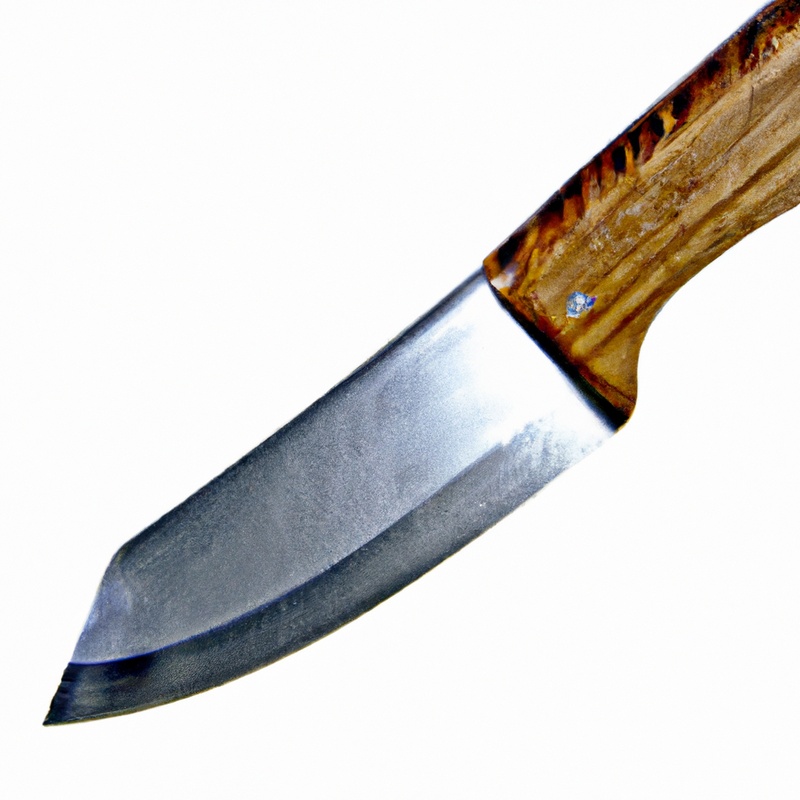
Cleaning and Gutting the Bluefish
Cleaning and Gutting the Bluefish: Cleaning and gutting the bluefish is an important step in filleting the fish. To begin cleaning the bluefish, rinse it under cold water and pat it dry with paper towels.
Next, use a sharp fillet knife to make a cut along the belly of the fish from the bottom of the head to the anus.
Be sure to only cut through the skin and not into the guts, as this can contaminate the fish and affect its flavor. Once the incision has been made, use your fingers or fillet knife to remove the guts from the fish.
This includes the stomach, intestines, and other internal organs.
Remove them carefully to avoid breaking them and contaminating the fish. After the guts have been removed, rinse the cavity thoroughly under cold water and pat it dry with paper towels.
Properly cleaning and gutting bluefish is crucial for producing high-quality fillets.
Take your time and be careful not to tear the guts or puncture any of the internal organs. A properly cleaned and gutted fish will make for better-tasting fillets and a safer overall cooking experience.
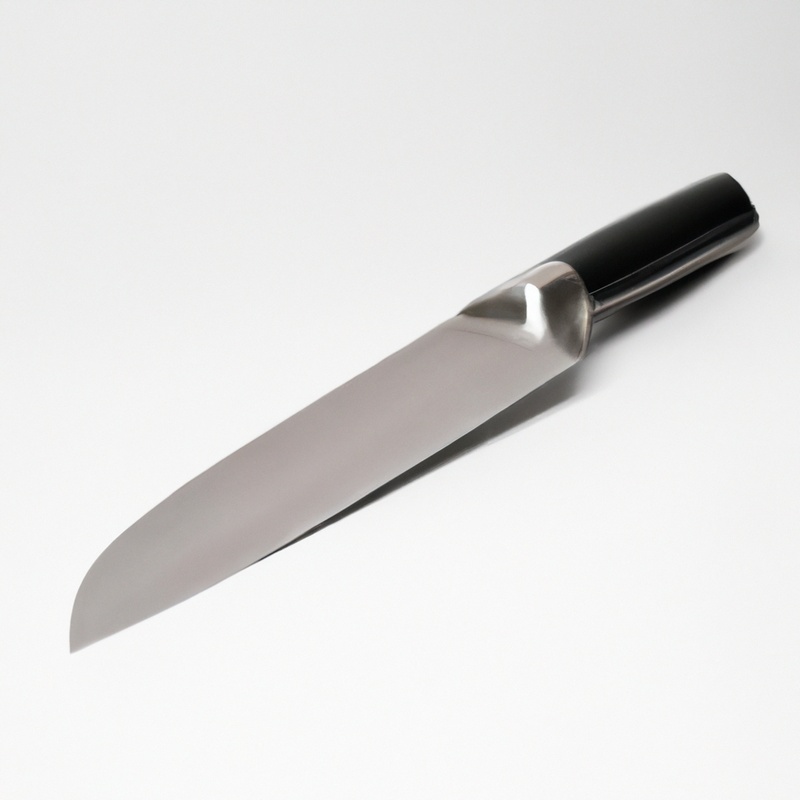
Removing the Skin from the Bluefish Fillet
To remove the skin from a bluefish fillet, start at the tail end and make a shallow cut between the skin and the flesh. Use your non-dominant hand to hold onto the skin while using your fillet knife to cut through the flesh towards the other end of the fillet.
Use a back and forth motion, keeping the blade close to the skin to remove as much of it as possible.
Once you’ve separated the skin from the flesh, discard the skin and use your fillet knife to trim any remaining bits of skin or fat from the fillet.
Cutting the Bluefish Fillet into Portions
Once you have removed the skin from the bluefish fillet, it’s time to cut it into portions. First, cut the fillet into manageable sections.
Then, holding the fillet down with your fingers, cut perpendicular to the initial cut to create portions of the desired size.
Be sure to use a sharp fillet knife to ensure clean, even cuts. Remember to work slowly and carefully to avoid any injuries.
Once done, you can store the portions in an airtight container and refrigerate or freeze them for later use.
Properly Storing Bluefish Fillets After Filleting
Once you’ve successfully filleted your bluefish, it’s essential to store the fillets properly to maintain their freshness and quality. Here are some tips for properly storing your bluefish fillets:
- Rinse the fillets with cold water and pat them dry with paper towels.
- Wrap each fillet in plastic wrap or place them in an airtight container.
- Label each package with the date of filleting.
- Store the fillets in the refrigerator at a temperature of 32-38°F for up to 2-3 days.
- If you’re not planning to consume the fillets within a few days, freeze them. Wrap each fillet in plastic wrap and then foil to prevent freezer burn.
- Label the wrapped fillets with the date of filleting and store them in the freezer at a temperature of 0°F or lower for up to 3-4 months.
By following these simple steps, you can ensure that your bluefish fillets stay fresh, safe, and delicious for you to enjoy anytime you want.
Tips for Safe and Efficient Filleting
Tips for Safe and Efficient Filleting:
- Always use a sharp fillet knife to prevent slippage and injury while cutting the fish.
- Cut away from your body and keep your fingers away from the blade.
- Use a cutting board that is stable and has a non-slip surface.
- Keep the fish stable while filleting by sliding a damp cloth or towel underneath it.
- Remove any bones or pieces of bone that may become lodged in the fillet.
- Properly dispose of all fish waste, including the head, skin, and guts.
- Keep your fillet knife and cutting surface clean and sanitized to prevent the spread of bacteria.
- Store your fillet knife properly when not in use to prevent injury.
- Take breaks and stretch your hands and arms to avoid fatigue and cramping.
Following these tips will ensure safe and efficient filleting of your bluefish.
Common Mistakes to Avoid When Filleting Bluefish
Common Mistakes to Avoid When Filleting Bluefish:
- Not Using a Sharp Knife: One of the most common mistakes people make when filleting bluefish is trying to use a dull knife. Using a dull knife makes the process more difficult and can lead to uneven cuts or even injury. Always use a sharp knife for best results.
- Cutting Too Deep: Bluefish have a lot of bones, and cutting too deep can result in bones in your fillet. Cut just deep enough to separate the flesh from the bone without hitting the bones themselves.
- Not Removing the Skin Correctly: It’s important to remove the skin from the fillet correctly in order to avoid wasting any meat. Cut just below the skin and angle your knife to get as much meat as possible.
- Ignoring Pin Bones: Even if you’re careful while filleting, there may still be pin bones left in the fillet. Always run your fingers along the fillet to check for any remaining bones before cooking.
- Rushing: Filleting bluefish requires time and patience. Rushing through the process can lead to mistakes, injuries, or wasted meat.
By avoiding these common mistakes, you can ensure that the filleting process is efficient, safe and result in the best fillets possible.
Flavorful Recipes to Try with Bluefish Fillets
Flavorful Recipes to Try with Bluefish Fillets: Once you’ve filleted your bluefish, it’s time to cook it up! Bluefish can be cooked in many different ways, making it a versatile ingredient in the kitchen. Here are a few recipes that are sure to enhance the flavor of your bluefish fillets:
- Grilled Bluefish Fillet: Marinate your fillets in olive oil, lemon juice, and herbs before grilling them to perfection. Serve with a side of grilled vegetables for a healthy and flavorful meal.
- Bluefish Cakes: Mix shredded bluefish with breadcrumbs, chopped onions, celery, and herbs to form patties. Pan-fry until golden brown and serve with a dollop of tartar sauce on top.
- Bluefish Tacos: Season your bluefish with chili powder, cumin, and garlic before pan-searing it. Serve the flaky fish inside of tortillas with your favorite toppings, like avocado, cilantro, and lime.
- Bluefish Chowder: Simmer your bluefish with potatoes, onions, and corn in a creamy broth for a comforting and hearty soup.
These are just a few ideas to get you started, but the possibilities are endless when it comes to cooking with bluefish. Get creative in the kitchen and experiment with different flavors and techniques to discover your own favorite recipes!
Final Verdict
Filleting a bluefish with a fillet knife can be a daunting task, but with the proper tools, technique, and knowledge, it can be a fulfilling and rewarding process. By choosing the right fillet knife, preparing your workstation, cleaning and gutting the bluefish, removing the skin, and cutting the fillet into portions, you can create delicious and healthy meals for yourself and your loved ones.
Remember to properly store the bluefish fillets after filleting them and to follow our tips for safe and efficient filleting.
Avoid common mistakes that can lead to waste and frustration. With practice and patience, you will become an expert at filleting bluefish and can experiment with flavorful recipes to enjoy the full potential of this delicious fish.
Trust in the information provided in this article and take the first step towards mastering the art of filleting bluefish.

